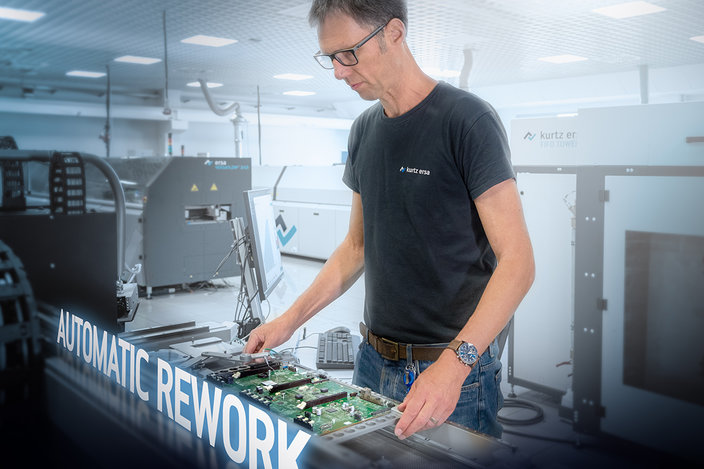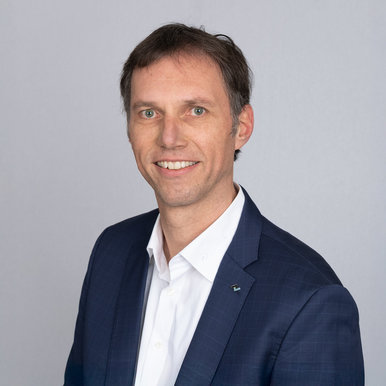Highly automated component repair for sustainable electronics production
The aim of sustainable electronics production is to bring as many assemblies as possible from the production process into the application in a functional condition. The failure rate should be minimal. At the same time, the demands on production equipment are increasing due to constantly changing parameters. In addition, electronic products should be durable and repairable in the case of a fault. Together with increasingly stable manufacturing processes, reworking and repair have been established for a long time. Many electronics manufacturers are now looking for more automation in the repair process.
There are many reasons for reworking electronic assemblies. The reasons include defects in components, incorrect assembly, bridges or open solder joints, incorrect programming, recycling, redesign, prototyping, testing, forensics or upgrading. Of course, costs can be saved by reducing PCB rejects. In the meantime, however, sustainability aspects are also coming more into focus, because despite remaining reservations in some industries, it is increasingly being recognized that qualified reworking makes technical, economic and environmental sense. In all cases, the aim of reworking is to obtain a functional and reliable assembly.
Successful assembly repair requires both expertise in the soldering process and the necessary equipment. For some years now, there has been a clear trend towards further automation of processes. Qualified personnel are also becoming increasingly difficult to find in electronics production, which is why rework systems should be able to carry out as many tasks as possible automatically.
Automated repair process
For years, professional component repair was only for absolute experts. With some manufacturers' rework devices, extensive measurements had to be carried out before the first live repair could be attempted. Ersa recognized this weakness at an early stage and introduced temperature control directly on the component for soldering and desoldering processes. This ensures a reliable heating process for the first circuit board to be repaired after a target profile has been specified. The temperature is adjusted to the profile and the target component is automatically removed.
At the same time, Ersa's automatic rework systems have a sophisticated systematic approach to placing new components precisely on the assembly. For this purpose, component connections and the landing surfaces on the PCB are recorded with the aid of cameras and the target position is calculated. A precise axis system ensures the exact positioning of the new component. Today, an upstream, automated wetting of the components with flux or solder paste has become standard. The system operator only has to provide the assembly and the new target component and select the assigned dataset to start the process. During the individual process steps, which the device carries out autonomously, the operator can focus on other tasks.
Expandable rework platform
In communication electronics and IT infrastructure – as in many areas of electronics – ever more powerful circuit boards with high-quality components are being created. Especially in these areas, a successful repair pays for itself very quickly. To this purpose, Ersa has designed its HR 600 XL rework platform to be modularly expandable.
The processing of large assemblies was designed for board sizes of up to 650 x 1,250 mm with the expandable bottom heater and a matching PCB holder. The matrix heater makes it possible to adapt the enormous heating surface to the dimensions of the assembly and to dimension the power distribution of the preheater precisely to the application.
With the help of interchangeable heating heads, the system can be adapted to the respective customer requirements. Users can select different hot head sizes – depending on component size and energy requirements. With the largest heating head with an effective area of 150 x 120 mm and a total output of 2,800 W, very large components can be soldered and desoldered and a particularly gentle process can be carried out in the area of upgrading. Some OEM manufacturers pursue the strategy of upgrading existing assemblies by equipping them with more powerful components. Here it is important to ensure that the assembly is treated gently and has to pass through a minimum of additional heating processes. With a large heating head and a twin nozzle, two components can be desoldered in a single heating process. The connection surfaces of both components are then prepared, two new components are placed and these in turn are soldered in with a common heating process. In addition to the gentle treatment of the materials, this procedure also saves process time and thus increases productivity.
Additional functions for residual solder and measurement
Additional functions are now available for the HR 600 XL platform, which represent further progress for automated processes. They can also be retrofitted to existing systems. After desoldering a component, residual solder usually has to be removed from the circuit board. With the "Auto Scavenger" module, a fully integrated functional unit is now available for this purpose. Immediately after removing the component, the suction nozzle of the Auto Scavenger is lowered over the PCB and the residual solder is automatically removed without any contact. The assembly is kept at temperature by using a bottom heater and the residual solder is remelted via a hot gas nozzle. As the Auto Scavenger is a stand-alone module, there is no set-up time for the user.
There are also new features for temperature recording: In addition to the proven and accurate temperature sensors (K-type thermocouples), the system can now be equipped with a non-contact sensor (Virtual Thermocouple, or Virtual-TC for short) to precisely control the soldering processes. The sophistication lies in the detail: Optical sensors usually measure different temperatures – depending on the surface of the component. Ersa therefore chooses a safe path and initially teaches the Virtual-TC the temperature of a reference thermocouple. All following soldering processes on the same assembly are then carried out safely using the non-contact sensor. This is an enormous advantage, especially for customers who process many identical assemblies, as the repeated application of a thermocouple can be eliminated in the future.
All Ersa rework devices are controlled and operated via the cross-system software platform HRSoft 2. All process parameters are stored centrally and there are interfaces to Manufacturing Execution Systems (MES) to exchange process data. The path to further automation of rework processes is thus clearly marked out and is being consistently pursued by Ersa as a leading manufacturer in this product segment. At productronica 2023 in Munich, these innovations will be on display for the HR 600 XL and will also be presented on the HR 600 P. This new, highly automated rework system is designed for customers with particularly small components up to chip size 01005. All in all, Ersa is ideally positioned when it comes to rework and, in addition to automated systems, also offers semi-automated or hand-guided rework systems – so all rework applications are optimally covered according to requirements!
Automation highlights:
- Controlled “closed loop” soldering processes
- Automatic component placement
- Automatic flux dip function
- Double nozzle for process optimization
- Residual solder removal with Auto Scavenger
- Non-contact temperature measurement with Virtual Thermocouple
- HRSoft 2 - process control and process data acquisition with MES connection
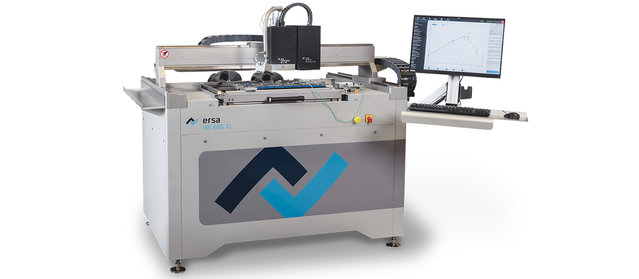
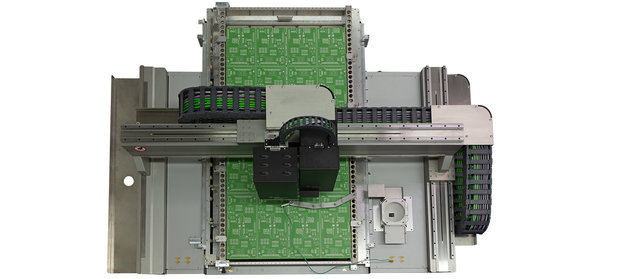
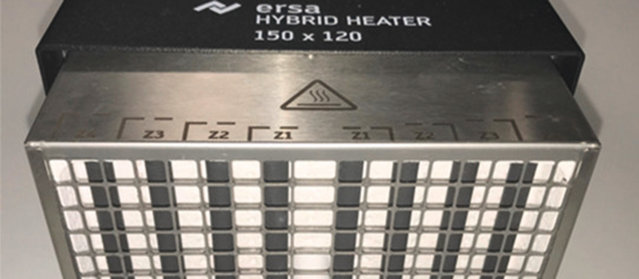
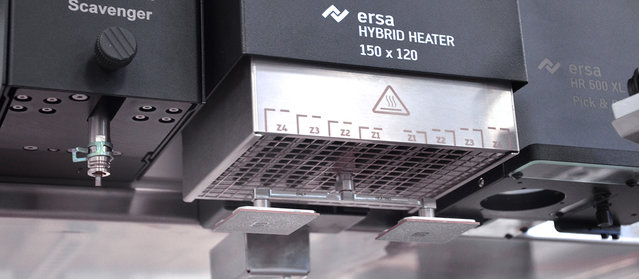


Jörg Nolte
Produktmanager Rework | Ersa GmbH
Als Produkt Manager Lötwerkzeuge, Rework und Inspektionssysteme bei Ersa befasst Jörg Nolte sich intensiv mit den Kundenanforderungen in der Elektronikindustrie, nimmt an Kongressen teil und hat diverse Fachartikel zu seinem Fachgebiet verfasst. Studium Elektrotechnik / Automatisierungstechnik / FH Würzburg-Schweinfurt, Entwicklungs- und Vertriebserfahrung in der Automatisierung, seit 2000 Produktmanager bei Ersa; 2007 "Chief Innovation Manager" an der RWTH Aachen.
